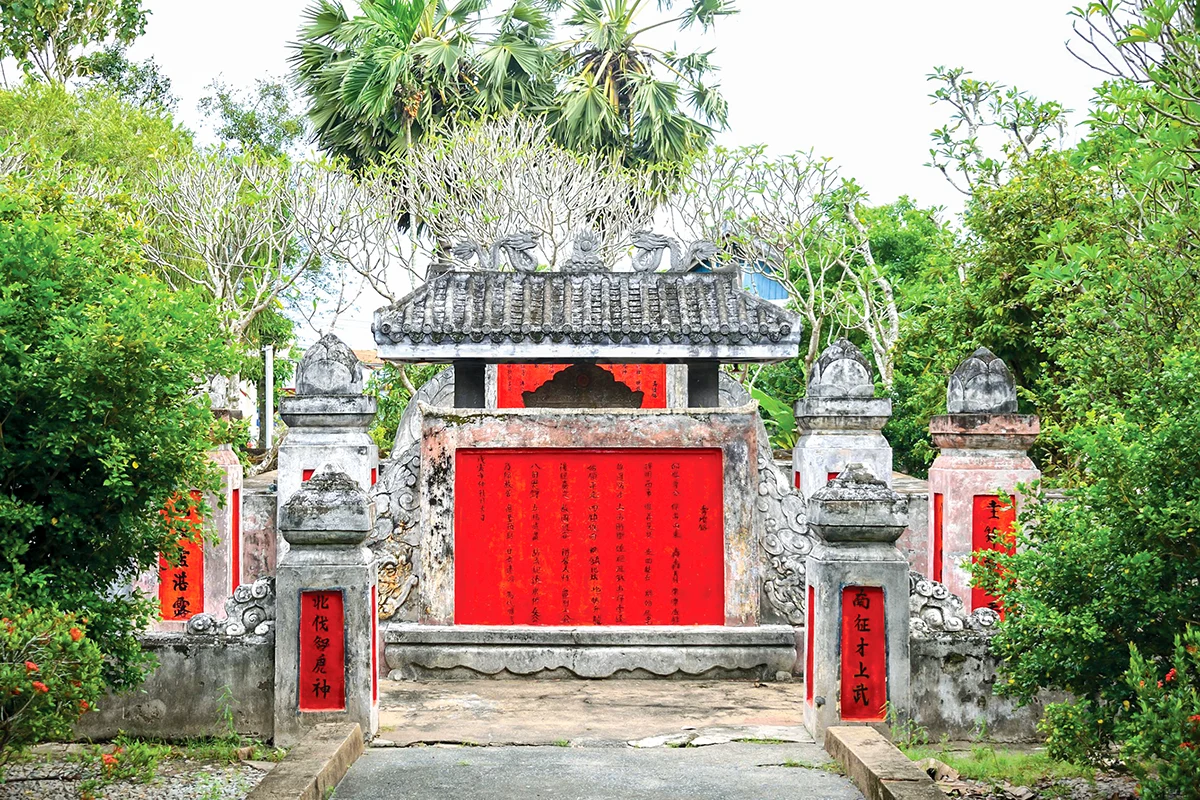
Inside the tomb and temple of Nguyen Huynh Duc.
A brief overview of the life of Nguyen Huynh Duc
Nguyen Huynh Duc was born on January 14th, 1748 (the year of Mau Thin) in Truong Khanh village, Kien Hung district, Dinh Tuong province, now Khanh Hau ward, Tay Ninh province. His original surname was Huynh, his real name was Huynh Cong Duc, although some documents record it as Huynh Tuong Duc. He came from a family of officials for many generations. His paternal grandfather and father, Huynh Cong Chau and Huynh Cong Luong, were both military commanders of the Nguyen lords, holding the rank of naval commander. In 1731, his father went south and settled in Cai En, where he was born.
During his youth, he mainly cleared and cultivated land in the Cái Én area of the Ba Giồng region (Gò Yến, Gò Kỳ Lân, Gò Qua Qua) - a system of hills stretching from Tân An City, Long An Province to Cái Bè District, the former Tiền Giang Province. In the year Canh Tý (1780), Lord Nguyễn Phúc Ánh fled south to Gia Định, and Nguyễn Huỳnh Đức was part of the army that marched from Ba Giồng to Gia Định to assist Lord Nguyễn Phúc Ánh. At that time, he was 33 years old.
After Lord Nguyen Phuc Anh ascended the throne and took the reign name Gia Long, Mr. Nguyen Huynh Duc was entrusted with many important responsibilities, including three times serving as Governor-General in all three regions of North, Central, and South Vietnam. In the year of Nham Tuat (1802), he held the position of Governor-General of Binh Dinh Citadel. In the year of Canh Ngo (1810), he went to the North to take up the position of Governor-General of Bac Thanh. In the year of At Hoi (1815), he was again appointed by King Gia Long as Governor-General of Gia Dinh Citadel. In 1817, seeing that he was old and weak, Mr. Nguyen Huynh Duc submitted a petition to the king to allow him to retire to his hometown. There, he had his tomb built and renovated the old house of his ancestors to serve as a family temple. He passed away on the ninth day of the ninth month of the 18th year of Gia Long (1819), at the age of 72 (1).
Every year, on the 7th, 8th, and 9th days of the 9th lunar month, the people of the region gather with their families to perform a very solemn ceremony to worship their ancestor. This tradition has been continued from 1819 to the present day.
Tombs and temples
The Nguyễn Huỳnh Đức mausoleum complex covers an area of approximately 3,000 square meters, enclosed by a wall with a three-arched gate opening to the east. The gate bears the inscription "Tiền quân phủ" (Military Mansion). The mausoleum was built in 1817 (before his death) using laterite stone and mortar, oriented north-south. It was constructed in the traditional style, with strict symmetry, and is surrounded by a rectangular wall measuring 35 meters long, 19 meters wide, 1.2 meters high, and 0.4 meters thick.
Blocking the entrance to the tomb on the north is a 3-meter-high laterite stone screen adorned with embossed plum blossom and deer motifs. From the screen, a 17-meter-long sacred path leads to the main part of the tomb, which includes the ceremonial wall, pillars, two screens, and the tombstone. The two screens are inscribed with the "Longevity Inscription" composed by the Governor-General of Gia Dinh, Trinh Hoai Duc. The entire tomb is decorated with dragon, floral, sun, cloud, lotus motifs, and numerous Chinese couplets. Prominent within the tomb is a 1.56-meter-high, 0.95-meter-wide stone stele brought from Hue . The stele bears the Chinese inscription: "The tomb of Nguyen Huynh Duc, former Imperial Commissioner of Gia Dinh, Governor-General, Commander of the Vanguard, posthumously awarded the title of Thoi Trung Duc Van meritorious official, Deputy Commander-in-Chief, Supreme Pillar of the Nation, Grand Tutor, and Duke of Nguyen Huynh." Behind the stele is the burial place of Nguyen Huynh Duc, in a rectangular mound measuring 3.4 meters long, 2.7 meters wide, and 0.3 meters high. Ancient frangipani trees surround the tomb. In general, the tomb of Nguyen Huynh Duc was built in the style of early Nguyen Dynasty architecture: simple yet majestic.
Twenty meters south of the tomb is his temple. From 1819 to 1959, the Nguyen Huynh family worshipped him in the old house built by order of King Gia Long, about 500 meters from the tomb. In 1959, for convenience in worship, the family built this new temple in the four-pillar, two-tiered style, with wooden doors facing east. Immediately behind the main door of the temple is an altar painted in red and gold, carved with dragons, phoenixes, and flowers, above which is a portrait of Nguyen Huynh Duc painted in 1802. Behind the altar is a single-piece wooden plank, 3.4m long, 1.8m wide, and 0.14m thick, dating back over 300 years, which was a relic of his during his lifetime. At the back is the main altar with a shrine placed on the altar and a red-painted box containing eight imperial decrees, edicts, and edicts bestowed upon him by the Gia Long, Minh Mang, and Tu Duc dynasties.
Inside the temple, there are also three sets of ceremonial umbrellas, canopies, and four pairs of couplets praising his achievements, bestowed by King Gia Long. In addition, ancient artifacts dating back to the 18th and 19th centuries are preserved in the temple, such as: a bronze decree bestowed by King Gia Long in the year Ky Mao (1819), and the horizontal plaque "Van Ly Danh" bestowed by King Tu Duc in the year Giap Dan (1854)... Behind the temple is the main hall, roofed with blue glazed tiles, built by the family in 2000 according to the design of architect Nguyen Ba Lang, former Director of the Saigon Institute of Archaeology.
Previously, in 1972, the family built two large gates at both ends of the curved road leading to the mausoleum with the same design in the traditional three-gate style. On the gates were the words "Tien Quan Phu" and "Lang Nguyen Huynh Duc" in bronze. Seen from afar, the mausoleum gates exuded a majestic and imposing appearance (2).
For his contributions to the development of the Cái Én sand dunes and its historical, architectural, and artistic values, the tomb and temple of Nguyễn Huỳnh Đức were recognized as a National Artistic Monument by Decision No. 534-QD/BT dated May 11, 1993, issued by the Ministry of Culture and Information (now the Ministry of Culture, Sports and Tourism).
Tran Kieu Quang
(1) Nguyen Ngoc Quang (2017), “Nguyen Huynh Duc (1748-1819)”, in the book "Some historical figures of the Southern land", Hong Duc Publishing House, pp. 139-141.
(2) Long An Provincial Department of Culture, Sports and Tourism (2021), “National relics in Long An province”, Thanh Nien Publishing House, pp. 192-195.
Source: https://baocantho.com.vn/di-tich-quoc-gia-lang-mo-va-den-tho-nguyen-huynh-duc-a192947.html




![[Photo] Closing Ceremony of the 10th Session of the 15th National Assembly](/_next/image?url=https%3A%2F%2Fvphoto.vietnam.vn%2Fthumb%2F1200x675%2Fvietnam%2Fresource%2FIMAGE%2F2025%2F12%2F11%2F1765448959967_image-1437-jpg.webp&w=3840&q=75)



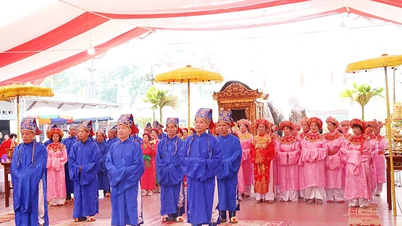

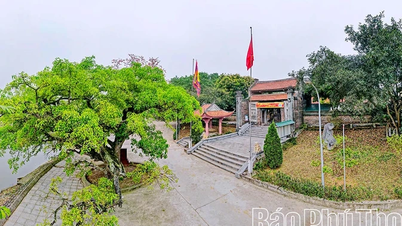
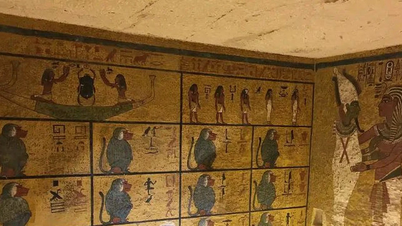

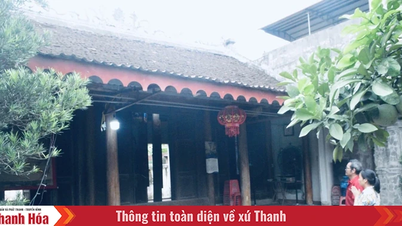

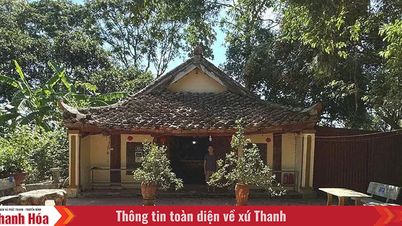
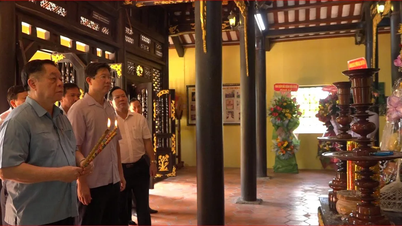

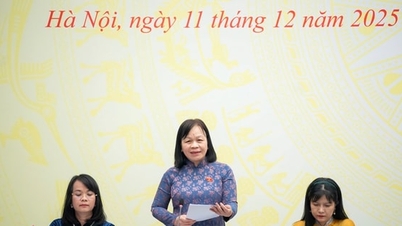

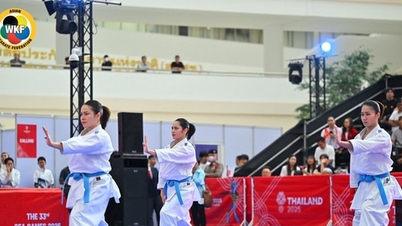
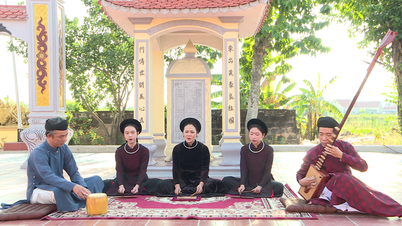

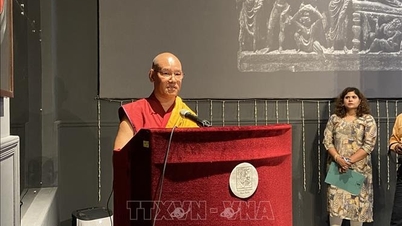
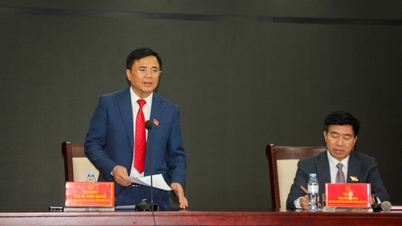

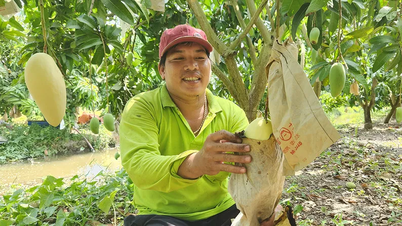





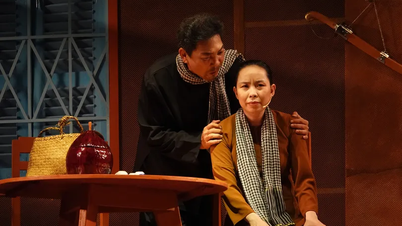
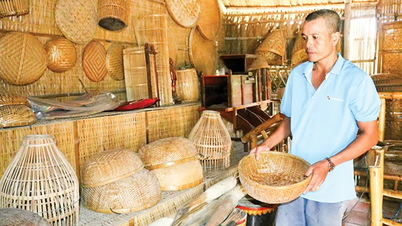


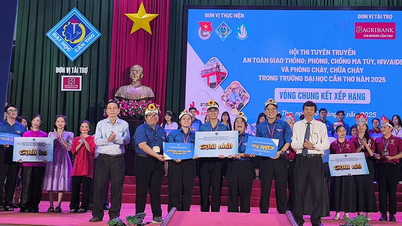
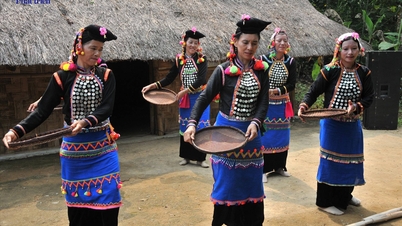
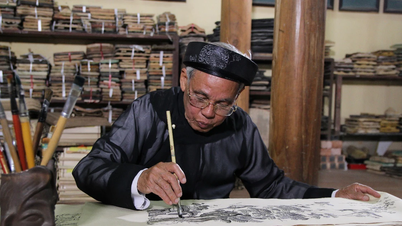

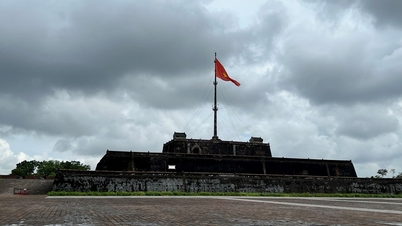

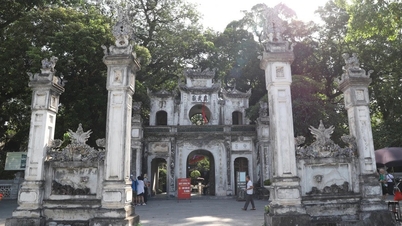

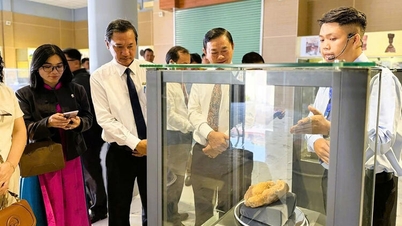

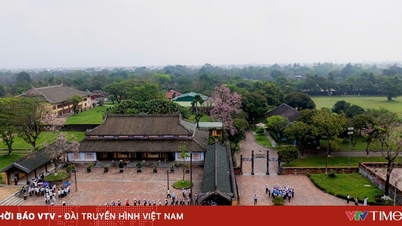

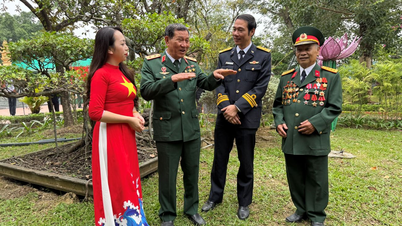



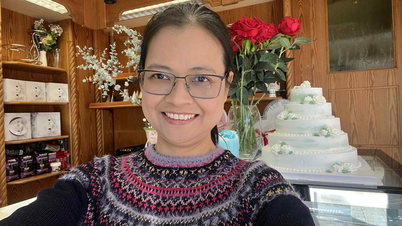

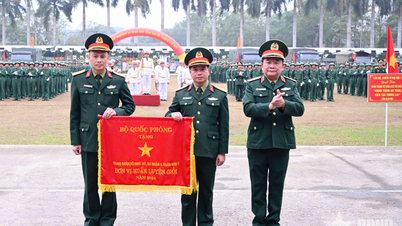
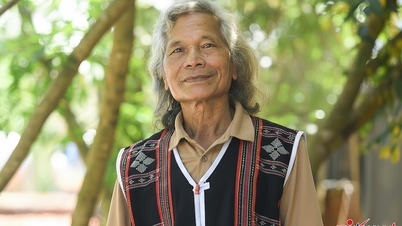



![[OFFICIAL] MISA GROUP ANNOUNCES ITS PIONEERING BRAND POSITIONING IN BUILDING AGENTIC AI FOR BUSINESSES, HOUSEHOLDS, AND THE GOVERNMENT](https://vphoto.vietnam.vn/thumb/402x226/vietnam/resource/IMAGE/2025/12/11/1765444754256_agentic-ai_postfb-scaled.png)














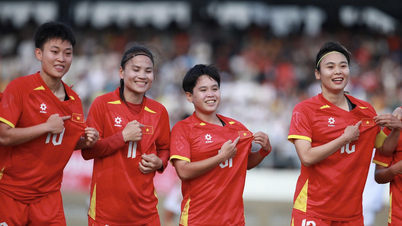

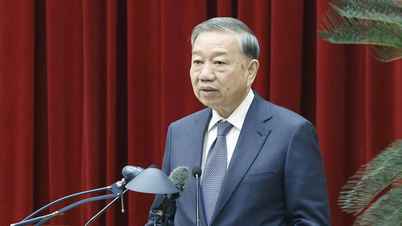

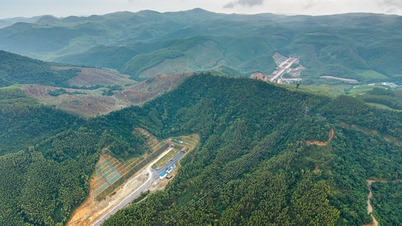



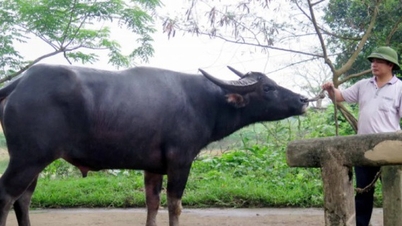
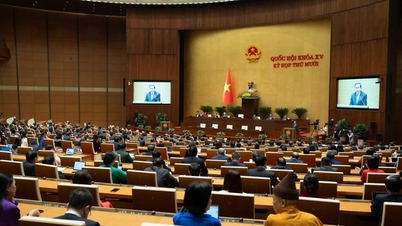

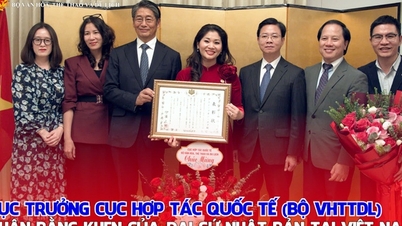

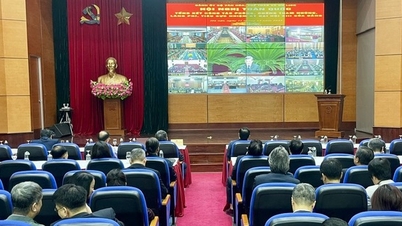

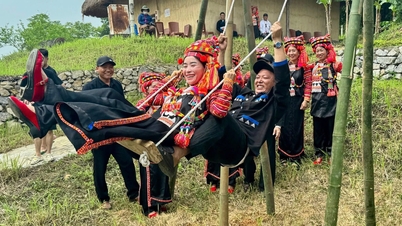

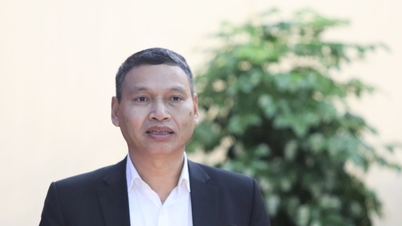

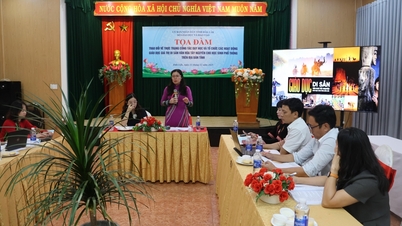

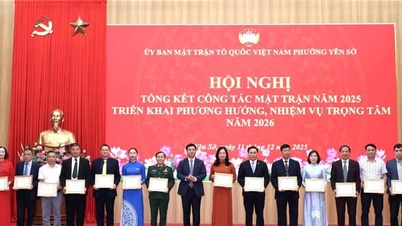
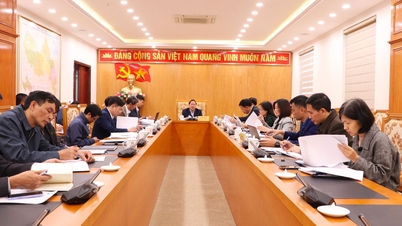









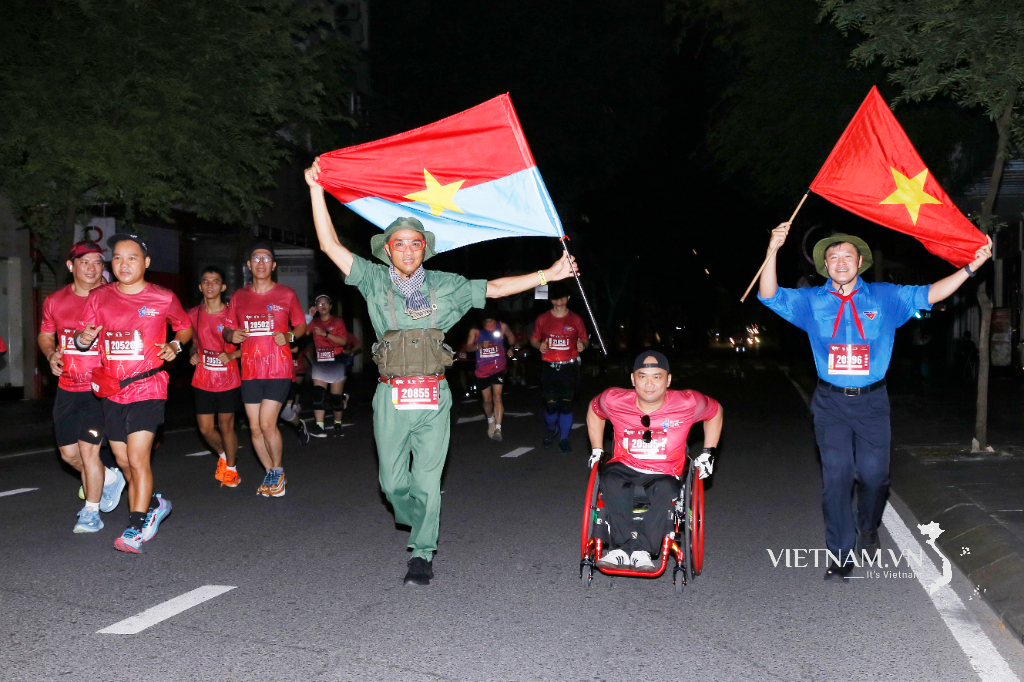
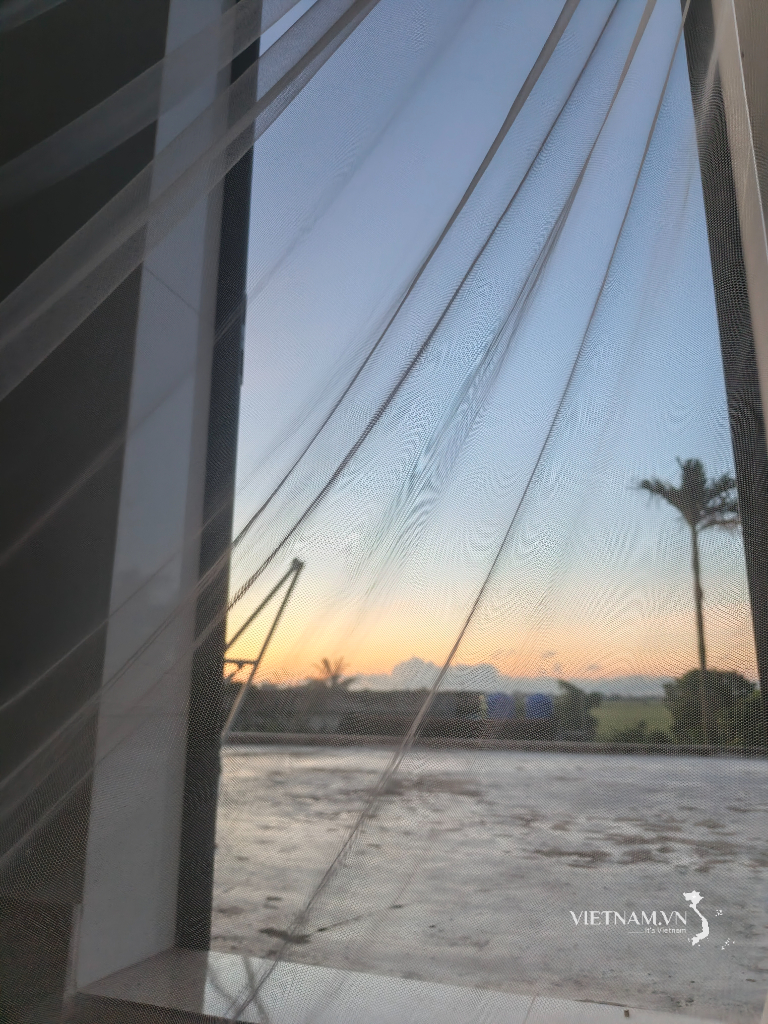


Comment (0)